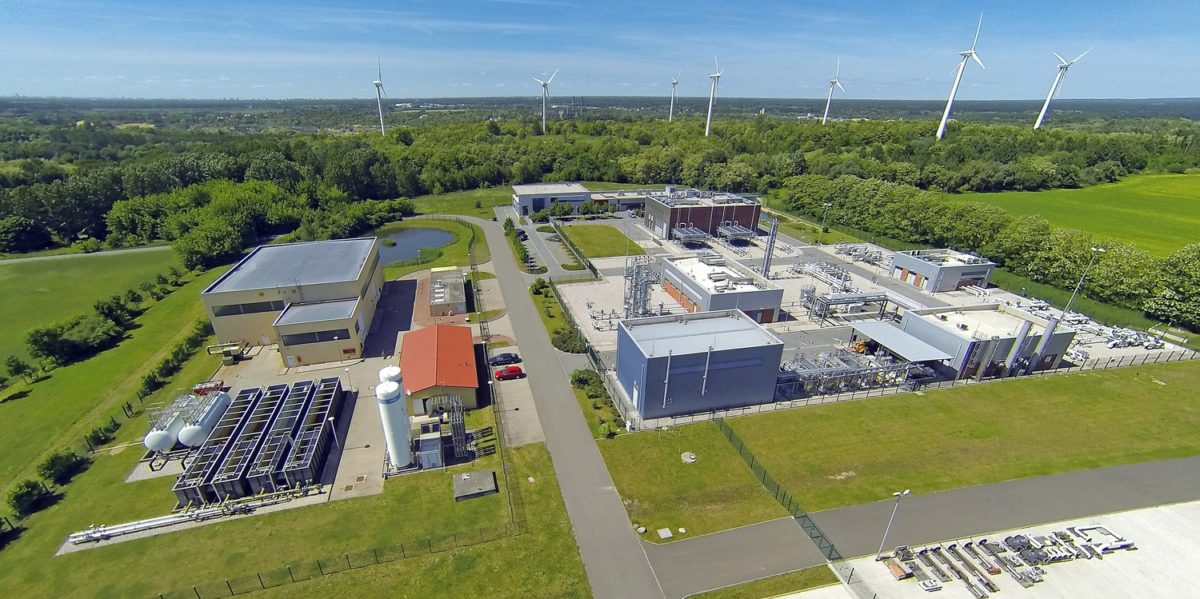From pv magazine Germany
German gas provider EWE will start building a cavern for hydrogen storage in Rüdersdorf near Berlin in February 2021.
The 500-cubic-meter cavern, which will be built at a depth of around 1000 meters, will be used exclusively to store five to six tons of hydrogen.
EWE is cooperating with the German Aerospace Center (DLR) on the research project. “In the second half of 2022, we hope to find out, in particular, the degree of purity of the hydrogen after it has been withdrawn from the cavern,” explained EWE CEO Stefan Dohler. “This criterion is particularly important for the use of hydrogen in the mobility sector.”
The DLR Institute for Networked Energy Systems in Oldenburg will examine, among other things, the quality of the hydrogen during storage and after it has been extracted from the cavern.
The findings from the research project can easily be transferred to caverns with 1,000 times the volume, said Paul Schneider, hydrogen expert at EWE. “The aim is to use caverns with a volume of 500,000 cubic meters — in which the Eiffel Tower would fit — for hydrogen storage,” explained the engineer.
The investment volume of the project, known as HyCAVmobil, is around €10 million, of which EWE is financing €4 million from its own funds.
EWE and DLR will receive the remaining sum from the National Innovation Program for Hydrogen and Fuel Cell Technology, which is funded by the Federal Ministry of Transport and Digital Infrastructure.
EWE already operates caverns in Rüdersdorf that have been storing natural gas since 2007. Like all caverns that are created in underground salt rock, the test cavern cavity is created by rinsing the salt rock with fresh water.
This content is protected by copyright and may not be reused. If you want to cooperate with us and would like to reuse some of our content, please contact: editors@pv-magazine.com.



2 comments
By submitting this form you agree to pv magazine using your data for the purposes of publishing your comment.
Your personal data will only be disclosed or otherwise transmitted to third parties for the purposes of spam filtering or if this is necessary for technical maintenance of the website. Any other transfer to third parties will not take place unless this is justified on the basis of applicable data protection regulations or if pv magazine is legally obliged to do so.
You may revoke this consent at any time with effect for the future, in which case your personal data will be deleted immediately. Otherwise, your data will be deleted if pv magazine has processed your request or the purpose of data storage is fulfilled.
Further information on data privacy can be found in our Data Protection Policy.